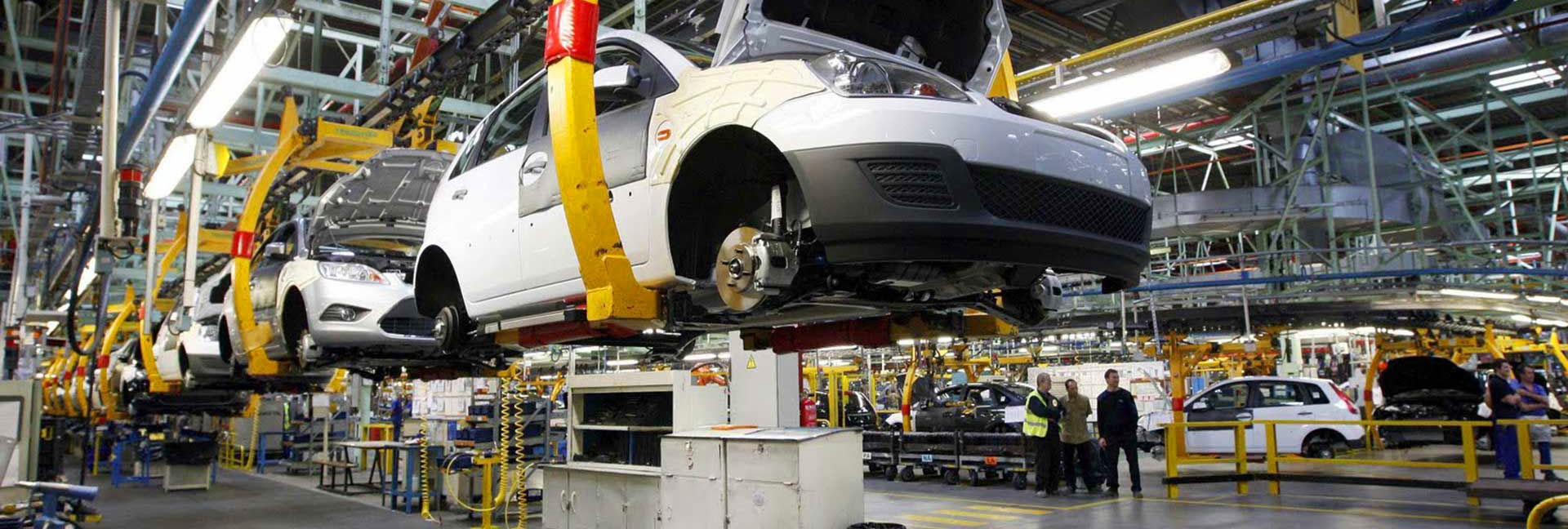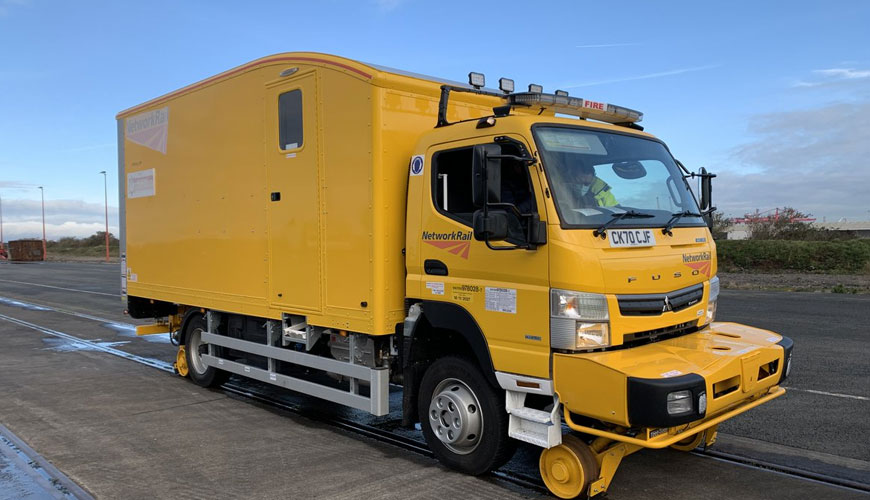

The EN 283 standard provides test requirements for swap bodies, a containment vehicle designed for road and rail transport. Unlike the container specifically designed for stowage, swap bodies are generally not stackable and are equipped with gripper arms that allow them to be attached and removed from the vehicle.

The wall resistance values of the swap body are specified in the EN 283 standard. The required minimum resistance values coincide in some cases with those provided for vehicles approved with the “L” code according to the EN 12642 standard:
The front and rear wall will be capable of withstanding 40% of the allowable “P” payload if the load is evenly distributed on the wall.
The side walls will be able to withstand 30% of the allowable “P” payload if the load is evenly distributed on the wall.
Where forklifts or other similar devices are used for loading, the base of the clearing body shall be deemed to be designed to withstand:
Forklifts or other lifting vehicles shall be compatible with the resistance of the ground. Vehicles with a lifting capacity of 2,5 tons are generally compatible with the above-mentioned axial and wheel load values.
EUROLAB assists manufacturers with EN 283 test compliance. Our test experts, with their professional working mission and principles, provide you, our manufacturers and suppliers, the best service and controlled testing process in our laboratories. Thanks to these services, businesses receive more effective, high-performance and quality testing services and provide safe, fast and uninterrupted service to their customers.
To get an appointment, to get more detailed information or to request an evaluation, you can ask us to fill in our form and reach you.